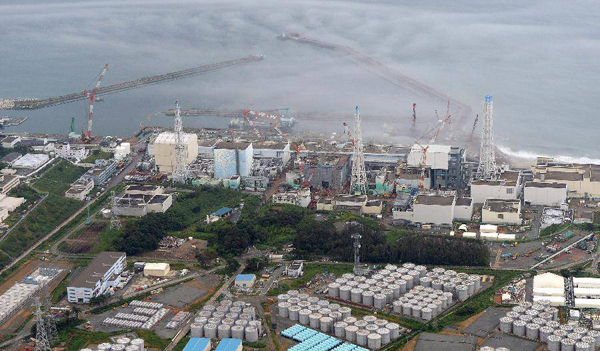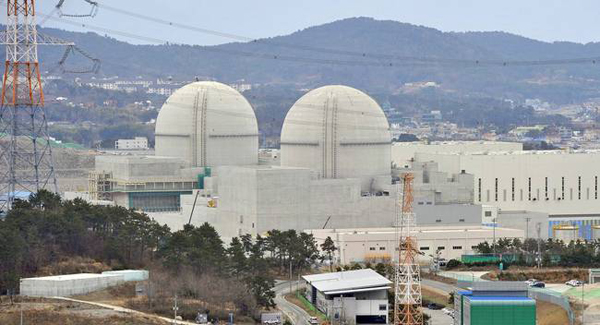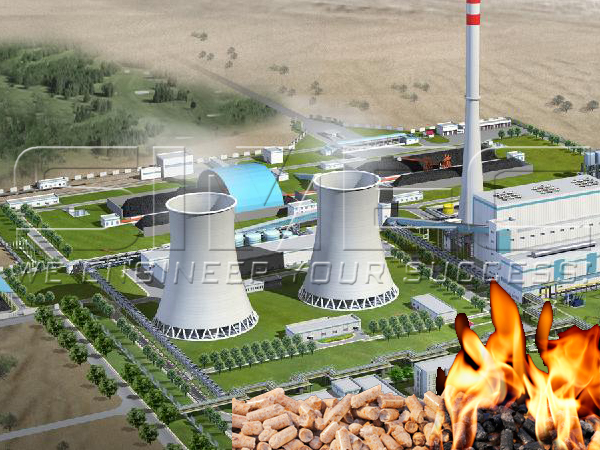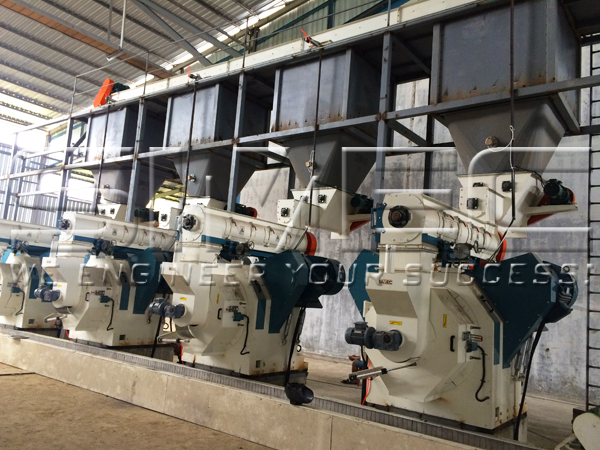South Korea and Japan's Pellet Imports Hit A Record High
Wood pellet imports to Asia reached an all-time-high in the fourth quarter of 2016 when Japan and South Korea imported 630,000 tons of pellets in total. Although import volumes were down slightly in the first quarter of 2017, they were still over 40 per cent higher than in the first quarter of 2016, as reported in the latest issue of the Wood Resource Quarterly (WRQ).

Japan Fukushima Nuclear Power Plant
South Korea is by far the main destination for pellets in Asia, and in 2016, the country was the world’s third largest importer of pellets, trailing only the United Kingdom and Denmark. Although import volumes to Japan have increased tripled from 2014 to 2016, the usage of pellets is still at a relatively lower level (see WRQ for detailed trade data).

South Korea Yonggwang Nuclear Power Station
Consumption of pellets in Japan and South Korea has increased quite rapidly in the past four years because of government new requirements which favour reducing carbon emissions and increasing the usage of renewable energy. The recent trend in pellet usage is likely to continue in the future and is driven both by incentives (subsidies) and regulations (renewable energy portfolio standards). With an urgent need to replace nuclear energy and generous feed-in-tariffs, it is expected that Japan will increase importation of wood pellets quite substantially over the next five years.

Biomass Pellet Power Station
Vietnam has been the major supplier of pellets to the Asian market for the past three years, accounting for almost two-thirds of the shipments to Japan and South Korea in 2016. Canada was an early supplier to the Asian market, but its market share dropped from 22 per cent in 2014 to 14 per cent in 2016. However, in the first quarter of 2017, Canada increased shipments to Asia, the market share was up to 21 per cent.
Import prices for pellets to South Korea fell dramatically from early 2014 to the summer of 2016, according to a recent WRQ Trade Snapshot report. The two-year long price decline ended in the third quarter of 2016, when prices slowly started to recover. The import prices continued their upward trend during the first four months of 2017 with Malaysian pellets increasing the most.
